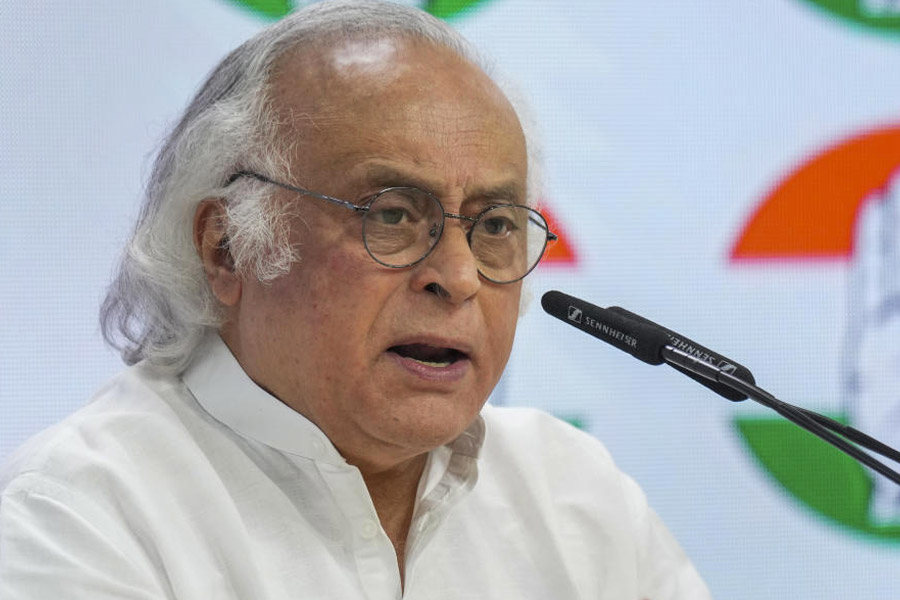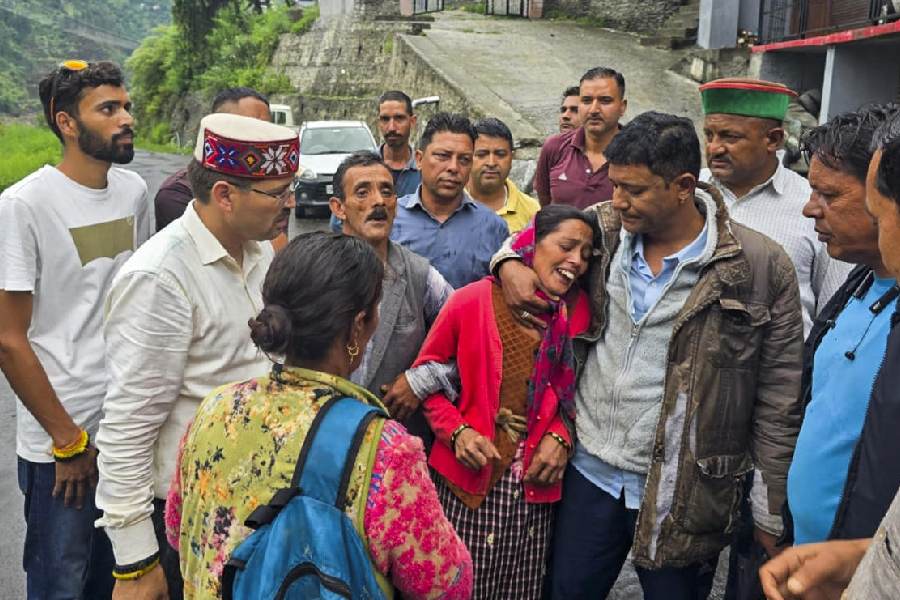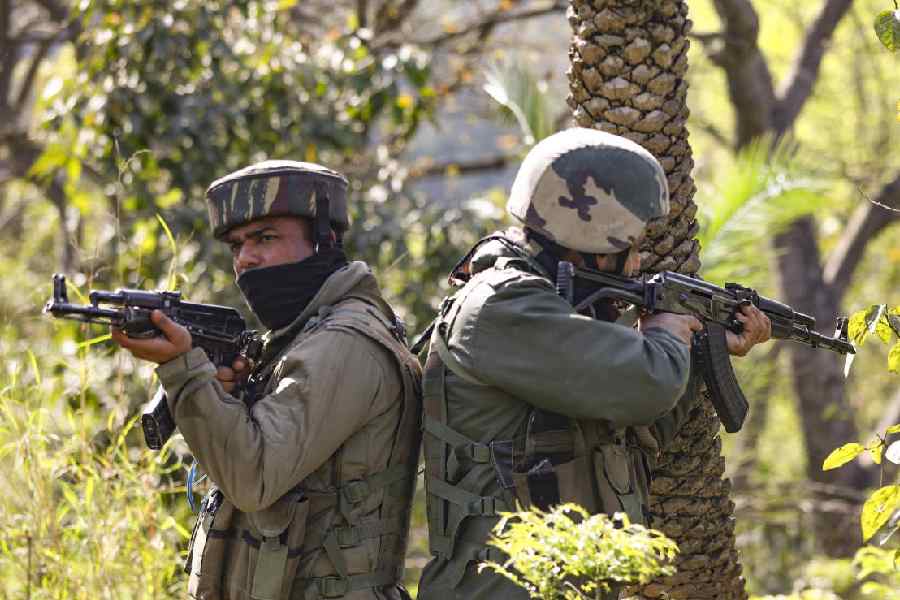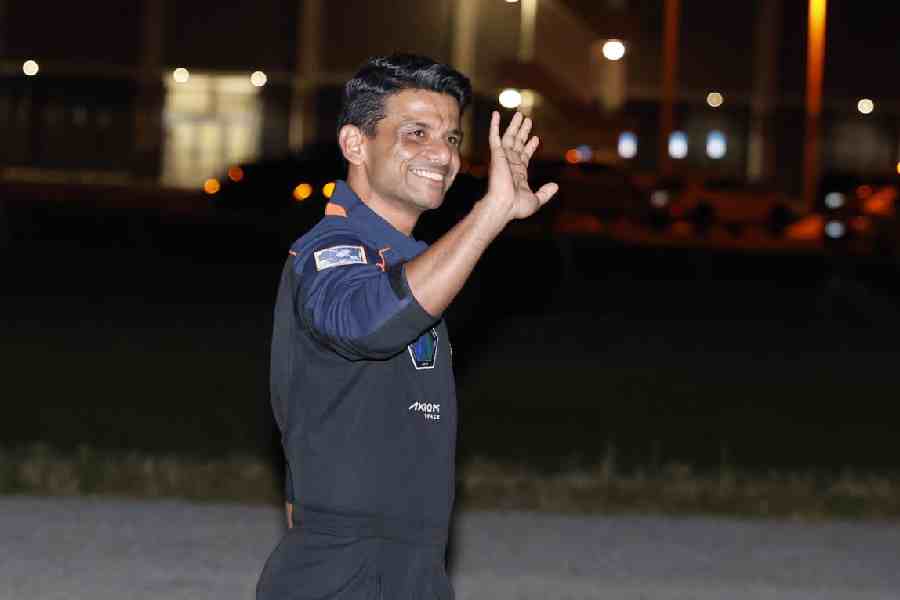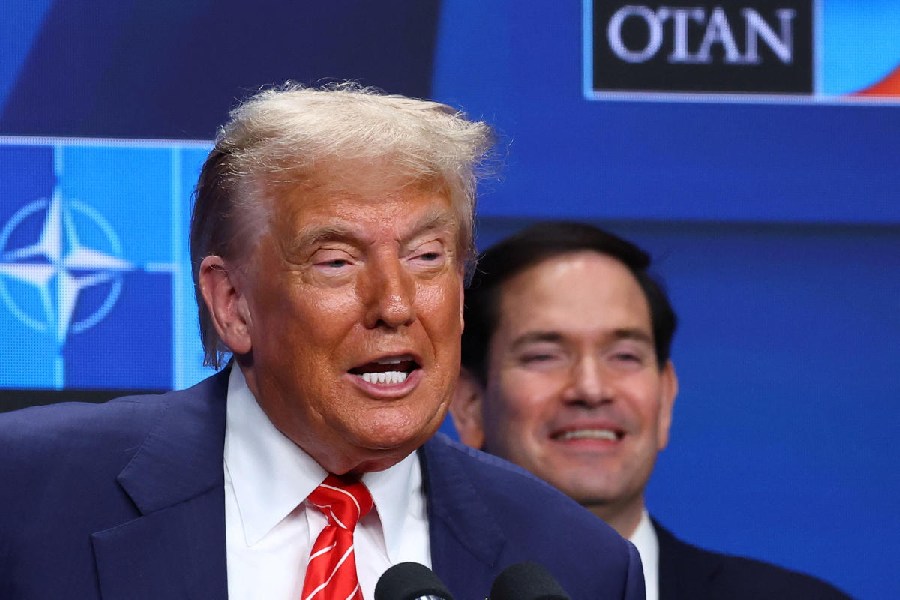|
|
 |
Maihar, a small town in Madhya Pradesh, is almost entirely known for its rich musical heritage. If the city of Dharwad in Karnataka brings to mind Sawai Gandharva, Bhimsen Joshi, Basavraj Rajguru or Gangubai Hangal, Maihar seems synonymous with its most illustrious inhabitant, Ustad Allauddin Khan, who spent the better part of his life as court musician to the maharaja of that princely state, giving taalim to some of the greatest names in Hindustani classical music: Ravi Shankar, Annapurna Devi, Ali Akbar Khan, Pannalal Ghosh, and Nikhil Banerjee among others. There may be little, at best a tenuous, connection between the Seni-Maihar gharana and an art camp involving 25 Indian artists, but the press release introducing Gallery Sanskriti’s latest exhibition seems to suggest otherwise. Ending today, this show brings together some of the works produced by these eminent artists who spent a few idyllic days in Maihar last year.
Maihar is a land of myths, legends and geographical wonders. It is said that when Shiva, driven to madness by the death of Sati, went on a rampage all over the universe, destroying everything in his way, Vishnu had cut her corpse into 52 pieces and scattered them across the world. The necklace or har of Sati (referred to as mai, or the divine mother, in Hindi) fell on ‘Mai-har’, giving the place its name. Such dark origins notwithstanding, Maihar is flanked by the grand Trikuta hill and crisscrossed by River Ton. It also has a limestone plateau and a quarry. Close to it is Bandhavgarh, a tiger sanctuary. It is possible, judging by some of the works on display, that the sylvan delights and bizarre folklore associated with Maihar have left a mark on the artists’ consciousness. However, there is a flipside to almost all ideas, and even the noblest ones are sometimes not spared. An art retreat that comes with tempting promises such as “long walks, massages, [and] musical evenings punctuated [with] intense discussions, self-exploration and bursts of creativity” has its own pitfalls — five-star spas may tend to get a little too comfortably numb for the production of art of any enduring value.
Quite expectedly, almost all the artists come up with fine work, but not a single canvas to lose oneself in. Painters of the calibre of Anjolie Ela Menon, Lalu Prasad Shaw, Jaya Ganguly or Sakti Burman are unlikely to produce anything insipid, even when the muse is not being too kind to them. So you find some excellent studies in Menon’s inimitable style: delicate, elegant and alive (picture, left). Ganguly’s monstrous faces, turning and twisting themselves into hideous forms, would make you pause, while Shaw and Burman present some really exquisite portraits. In one of Burman’s works, a many-handed man, seated atop a bull, is reminiscent of Shiva, although it is likely that he is only an ordinary peasant. Next to him appears Shiva himself, in his iconic avatar, with snakes crawling along his body, but in a smoky haze, as if a mirror image of the rustic cowherd. There is a subtle ingenuity in the arrangement, the fine lines inspire admiration as does the oleograph-like finish. Yet, as with Shaw, Burman’s work shows little evidence of departure from his signature style.
It is a pity that Maihar has motivated neither A. Rajeswara Rao nor Paresh Maity to try something new. The grinning men and women who keep returning to Rao’s work with unfailing regularity have lost even the vestiges of irony or humour, and look simply vapid. The only thing that seems to matter to Maity these days, other than Picasso (Maity’s biggest benefactor, so far as his artistic language is concerned), is size. Maity’s oversized cubist face, turning its grey lips towards a vaguely phallic object, as a butterfly flutters around it, is skilfully rendered, but fails to stir the imagination.
Rini Dhumal’s yogini, steeped in dusky shades, is a creature of doom and dread (picture, right). However, Dhumal’s Ganesha is a more routine affair, harking back to indigenous iconographic traditions like pata-chitra. Akhilesh springs no surprise with his stock-in-trade colourful Op-Art, while Leena Kejriwal’s experiments with kitsch come perilously close to looking garish and tacky. Chhatrapati Dutta, Mona Rai, Prasenjit Sengupta and Ashoke Mullick present works that inspire very little reflection, and even less attention, in the viewer.
Ajay Rajgarhia and Debabrata De are the two exceptions in this assembly of painters. De is a sculptor, while Rajgarhia is a photographer. De’s bronze sculptures, with their intriguing, sometimes disturbing, press of humanity look clumsy, and make little impact when displayed at floor level. The less said about Rajgarhia’s lurid “colour photography” (as explained, rather gratuitously, in the captions), the better.
Kishore Shinde, Manish Pushkale, Samir Aich, S. Harshavardhana, Padma Rao, Yogendra Tripathi and Seema Ghurayya tread the middle path between the abstract and the figurative with varying degrees of success. At least, Ghurayya’s enigmatic expanse of grey, with faint shapes and lines curling on it, as if struggling to come to life, looks mysterious and arresting.



